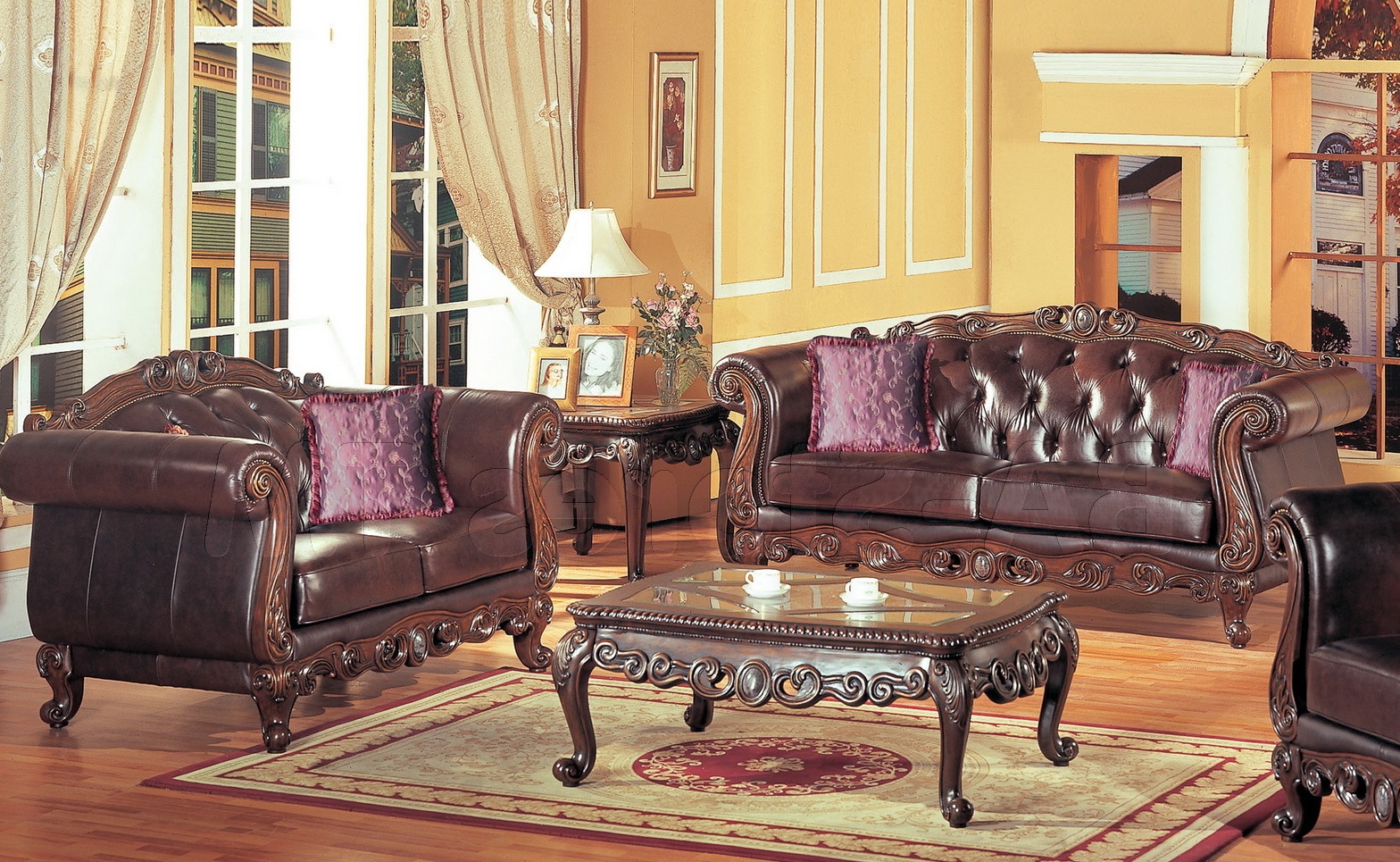Designing a kitchen can be a daunting task, but with the right tips and tricks, you can create a space that is both functional and beautiful. Start by assessing your needs and wants, then use these helpful hints to guide your design process. First, consider the layout of your kitchen. The classic "work triangle" is still a popular choice, with the sink, stove, and refrigerator forming a triangle shape for easy movement between tasks. However, there are many other layout options to suit your specific needs and space. Utilizing smart storage solutions is another key element in kitchen design. Make use of vertical space with tall cabinets or shelving, and consider incorporating pull-out shelves or drawers for easy access to items. Don't forget about utilizing space under the sink and in corners with clever storage solutions. Lastly, don't be afraid to mix and match materials and finishes in your kitchen design. This can add visual interest and personality to the space. Just be sure to stick with a cohesive color palette to tie everything together.1. Kitchen Design Tips and Tricks
Your kitchen is the heart of your home, and designing your dream kitchen is all about making it functional and stylish. Start by thinking about your daily routine and how you use your kitchen. This will help guide your design decisions. When it comes to choosing materials for your kitchen, consider durability and ease of maintenance. Countertops, backsplashes, and flooring should be able to withstand the wear and tear of daily use. Additionally, choose materials and finishes that are easy to clean and maintain. Lighting is another important aspect of kitchen design that is often overlooked. Make sure to incorporate a mix of ambient, task, and accent lighting for a well-lit and functional space. This can include overhead lighting, under cabinet lighting, and statement fixtures. Lastly, don't be afraid to inject some personality into your kitchen design. Whether it's through a unique backsplash, colorful cabinets, or statement lighting, adding personal touches will make your dream kitchen truly feel like your own.2. Helpful Hints for Designing Your Dream Kitchen
If you're feeling stuck or uninspired in your kitchen design, look to others for ideas and inspiration. Browse design magazines, websites, and social media for creative kitchen designs that speak to you. One trend that continues to gain popularity in kitchen design is open shelving. This can add visual interest and a sense of openness to the space. Just be sure to keep it organized and clutter-free for a polished look. Another creative idea is to incorporate bold pops of color into your kitchen design. This can be done through a statement backsplash, colorful cabinets, or bright accents. Just make sure to balance it out with neutral elements to avoid an overwhelming look. For those with a smaller kitchen, there are countless space-saving solutions to make the most of the limited space. This can include incorporating a kitchen island with storage, utilizing wall space for shelves or racks, and choosing multi-functional appliances.3. Creative Kitchen Design Ideas and Inspiration
When it comes to kitchen design, there are certain elements that are essential for a well-designed space. These include proper lighting, ample storage, and a functional layout. Lighting is key in a kitchen, as it not only sets the mood but also helps with visibility and safety while cooking. Make sure to have a mix of ambient, task, and accent lighting to cover all your needs. In terms of storage, think about what items you use most frequently and make sure they are easily accessible. Keep frequently used items at eye level, and reserve higher or lower shelves for seasonal or less used items. Lastly, a functional layout is crucial in a well-designed kitchen. The classic work triangle is a good starting point, but make sure to also consider the flow of traffic and designated areas for prep, cooking, and cleaning.4. Essential Elements of a Well-Designed Kitchen
Small kitchens can present a challenge, but with some strategic design choices, you can make the most of the space you have. Start by maximizing vertical space with tall cabinets or shelves and utilizing underutilized areas like corners and the space above the refrigerator. Multi-functional furniture is another key element in small kitchen design. Look for kitchen islands with storage, tables with drop-down leaves, or bar carts with shelves and hooks for additional storage and functionality. Additionally, consider incorporating reflective surfaces into your design to create the illusion of a larger space. This can be achieved through a mirrored backsplash, glossy cabinets, or a glass dining table. Lastly, don't be afraid to think outside the box when it comes to storage solutions. Utilize vertical space by hanging pots and pans, install shelves above the sink or stove, and use magnets to store knives and utensils on the wall.5. How to Make the Most of a Small Kitchen Space
Functionality and style should go hand in hand in a well-designed kitchen. Start by thinking about your daily routine and what elements are most important to have within reach. This can include a designated area for meal prep, a coffee station, or a pantry for easy access to snacks and ingredients. When it comes to choosing materials and finishes, consider both their functionality and aesthetic appeal. For example, granite or quartz countertops are durable and easy to maintain, while subway tile backsplashes add a timeless and classic look. Don't be afraid to mix and match different materials and finishes to create a unique and personalized look. Just be sure to stick to a cohesive color palette to tie everything together.6. Designing a Functional and Stylish Kitchen
When it comes to kitchen design, there are some important dos and don'ts to keep in mind to ensure a successful and functional space. Do: Consider your needs and daily routine when designing your kitchen. Utilize smart storage solutions and mix and match materials to create a personalized and functional space. Don't: Neglect lighting or overlook the importance of a functional layout. Avoid overcrowding the space with unnecessary items and remember to balance out bold design choices with neutral elements. By following these dos and don'ts, you can create a kitchen that is both visually appealing and practical for your everyday needs.7. The Dos and Don'ts of Kitchen Design
Storage is a crucial element in kitchen design, and maximizing it can make a big difference in the functionality and organization of your space. Start by assessing your storage needs and prioritizing frequently used items for easy access. Utilize vertical space with tall cabinets or shelves, and incorporate pull-out shelves or organizers for easier access to items in lower cabinets. Multi-functional furniture is also a great way to maximize storage in a small kitchen. Look for kitchen islands with built-in storage, or use a rolling cart for additional counter space and storage. Lastly, don't forget about utilizing the space above cabinets or in corners with clever storage solutions such as hanging racks or shelves.8. Maximizing Storage in Your Kitchen Design
Keeping up with the latest trends in kitchen design can give your space a fresh and modern look. However, it's important to balance trends with timeless and functional elements. One popular trend in kitchen design is open shelving. This can add visual interest and a sense of openness to the space. Another trend is incorporating mixed materials in the kitchen, whether it's through a combination of wood and metal or different finishes on cabinets and countertops. Additionally, incorporating smart technology in the kitchen is becoming increasingly popular. This can include touchless faucets, voice-controlled appliances, and built-in charging stations.9. Incorporating the Latest Trends in Kitchen Design
Designing a kitchen can be overwhelming, and it's easy to make mistakes that can impact the functionality and overall look of the space. Avoid these common mistakes to ensure a successful kitchen design. Avoid: Neglecting lighting, overlooking functionality, and overcrowding the space with unnecessary items. Don't be afraid to seek professional help if needed to avoid costly mistakes. Do: Stick to a cohesive color palette, prioritize functionality and storage, and incorporate personal touches to make the space feel like your own. By avoiding these mistakes, you can create a well-designed and functional kitchen that meets all your needs and reflects your personal style.10. Common Mistakes to Avoid in Kitchen Design
Maximizing Space and Functionality

Creating an Efficient Kitchen Layout
 When it comes to designing a kitchen, it's important to think beyond just aesthetics and focus on functionality as well. After all, the kitchen is one of the most used spaces in a house and it's essential to have a design that maximizes space and makes daily tasks easier. When planning the layout of your kitchen, consider the
main keyword
of “kitchen design” and
related main keywords
such as “kitchen layout” and “maximizing space”. Here are some helpful hints to create an efficient kitchen layout.
When it comes to designing a kitchen, it's important to think beyond just aesthetics and focus on functionality as well. After all, the kitchen is one of the most used spaces in a house and it's essential to have a design that maximizes space and makes daily tasks easier. When planning the layout of your kitchen, consider the
main keyword
of “kitchen design” and
related main keywords
such as “kitchen layout” and “maximizing space”. Here are some helpful hints to create an efficient kitchen layout.
Utilizing the Work Triangle
 The work triangle is a popular design concept that involves placing the three main work areas of the kitchen – the sink, stove, and refrigerator – in close proximity to each other. This allows for easy movement and reduces the amount of steps needed to complete tasks. When implementing the work triangle, make sure there is enough space between each area to avoid congestion and allow for multiple people to work in the kitchen at the same time.
The work triangle is a popular design concept that involves placing the three main work areas of the kitchen – the sink, stove, and refrigerator – in close proximity to each other. This allows for easy movement and reduces the amount of steps needed to complete tasks. When implementing the work triangle, make sure there is enough space between each area to avoid congestion and allow for multiple people to work in the kitchen at the same time.
Optimizing Storage Space
 Another important aspect of kitchen design is storage space. To make the most out of your kitchen, consider utilizing vertical space by installing tall cabinets or shelves. This will provide extra storage for items that are not used as frequently. Additionally, incorporating drawers and pull-out shelves in lower cabinets can make accessing items easier and more efficient.
Another important aspect of kitchen design is storage space. To make the most out of your kitchen, consider utilizing vertical space by installing tall cabinets or shelves. This will provide extra storage for items that are not used as frequently. Additionally, incorporating drawers and pull-out shelves in lower cabinets can make accessing items easier and more efficient.
Choosing the Right Appliances
 When selecting appliances for your kitchen, consider their size and placement in relation to the work triangle. Appliances that are too large or placed in inconvenient locations can disrupt the flow and functionality of the kitchen. Also, consider energy-efficient options to save space and reduce utility costs in the long run.
When selecting appliances for your kitchen, consider their size and placement in relation to the work triangle. Appliances that are too large or placed in inconvenient locations can disrupt the flow and functionality of the kitchen. Also, consider energy-efficient options to save space and reduce utility costs in the long run.
Adding Multi-functional Elements
 Incorporating multi-functional elements into your kitchen design can greatly improve its efficiency. For example, a kitchen island can serve as extra workspace, storage, and a seating area. Additionally, a pull-out cutting board or built-in spice rack can save counter space and make meal prep easier.
In conclusion, a well-designed kitchen is one that is both aesthetically pleasing and functional. By considering the layout, storage options, and appliance placement, you can create a kitchen that maximizes space and makes daily tasks easier. Keep the
main keyword
of “kitchen design” and its
related main keywords
in mind when planning and you'll have a kitchen that is both beautiful and efficient.
Incorporating multi-functional elements into your kitchen design can greatly improve its efficiency. For example, a kitchen island can serve as extra workspace, storage, and a seating area. Additionally, a pull-out cutting board or built-in spice rack can save counter space and make meal prep easier.
In conclusion, a well-designed kitchen is one that is both aesthetically pleasing and functional. By considering the layout, storage options, and appliance placement, you can create a kitchen that maximizes space and makes daily tasks easier. Keep the
main keyword
of “kitchen design” and its
related main keywords
in mind when planning and you'll have a kitchen that is both beautiful and efficient.








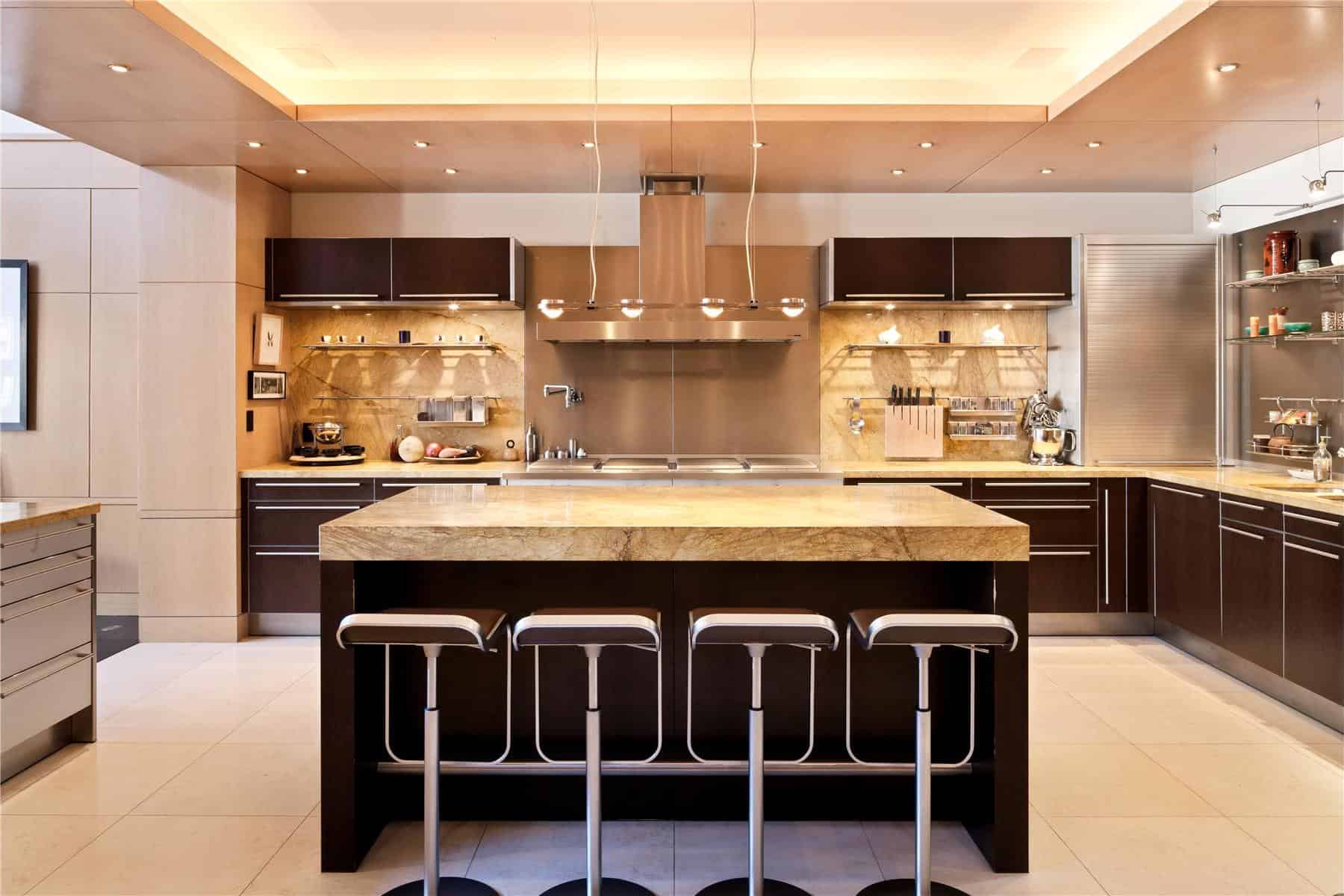






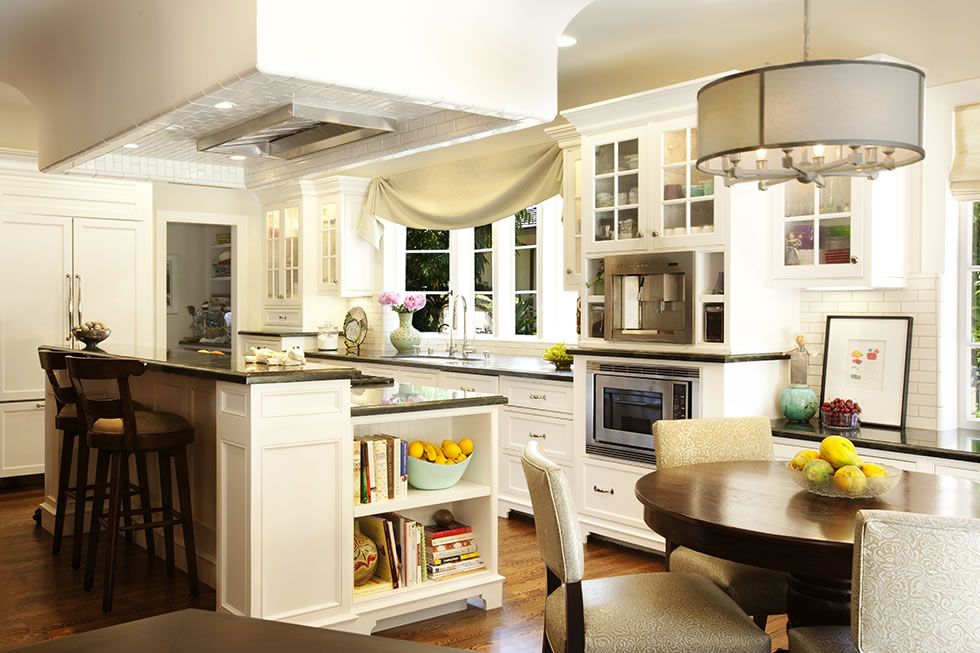










:max_bytes(150000):strip_icc()/RD_LaurelWay_0111_F-43c9ae05930b4c0682d130eee3ede5df.jpg)
:max_bytes(150000):strip_icc()/MLID_Liniger-84-d6faa5afeaff4678b9a28aba936cc0cb.jpg)


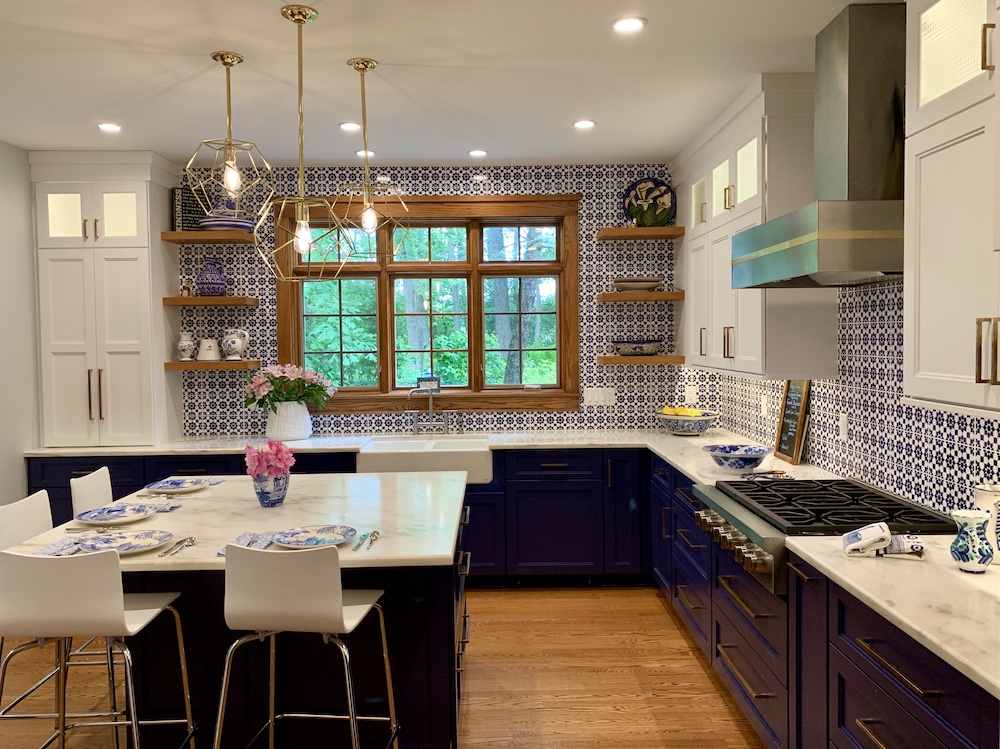

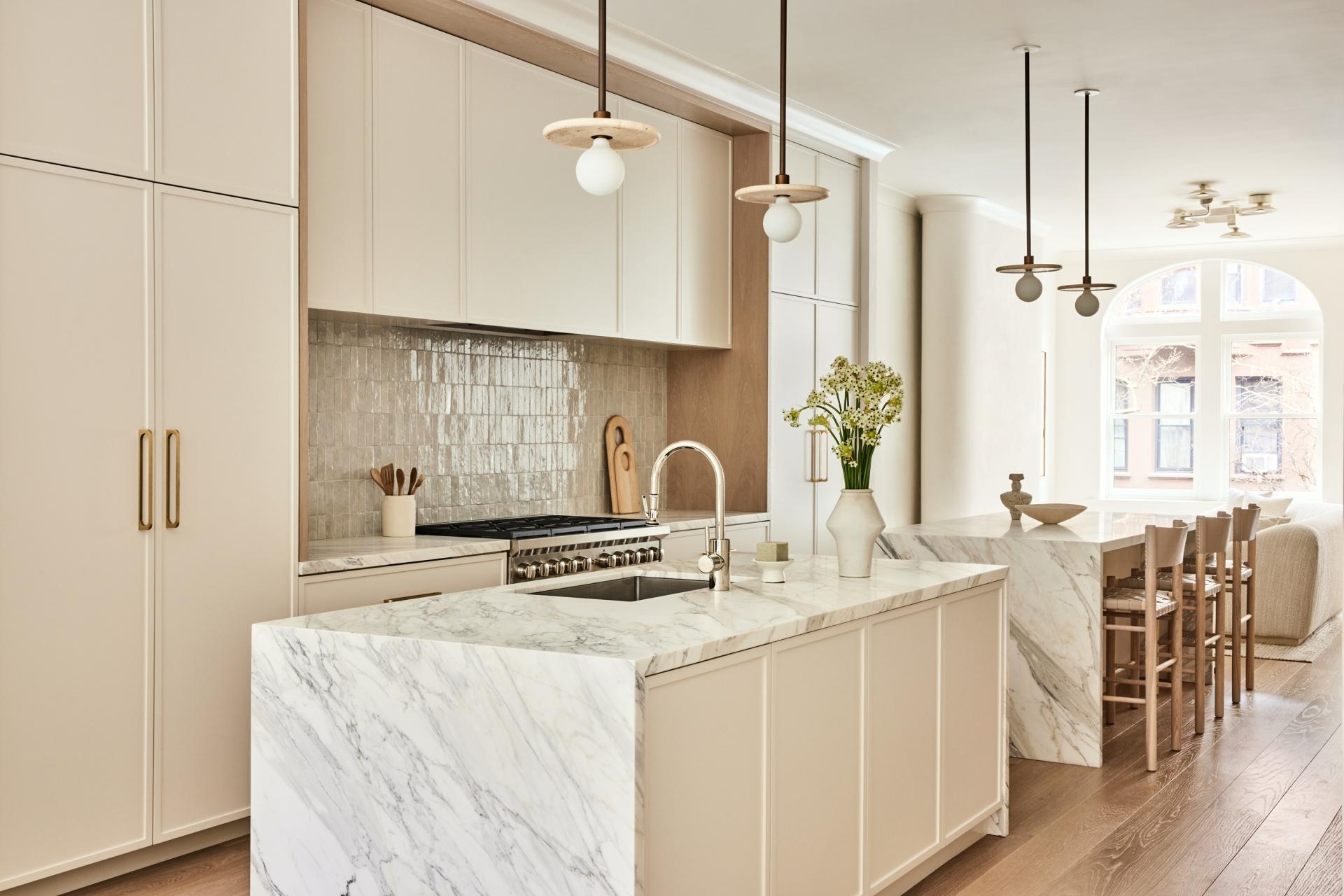






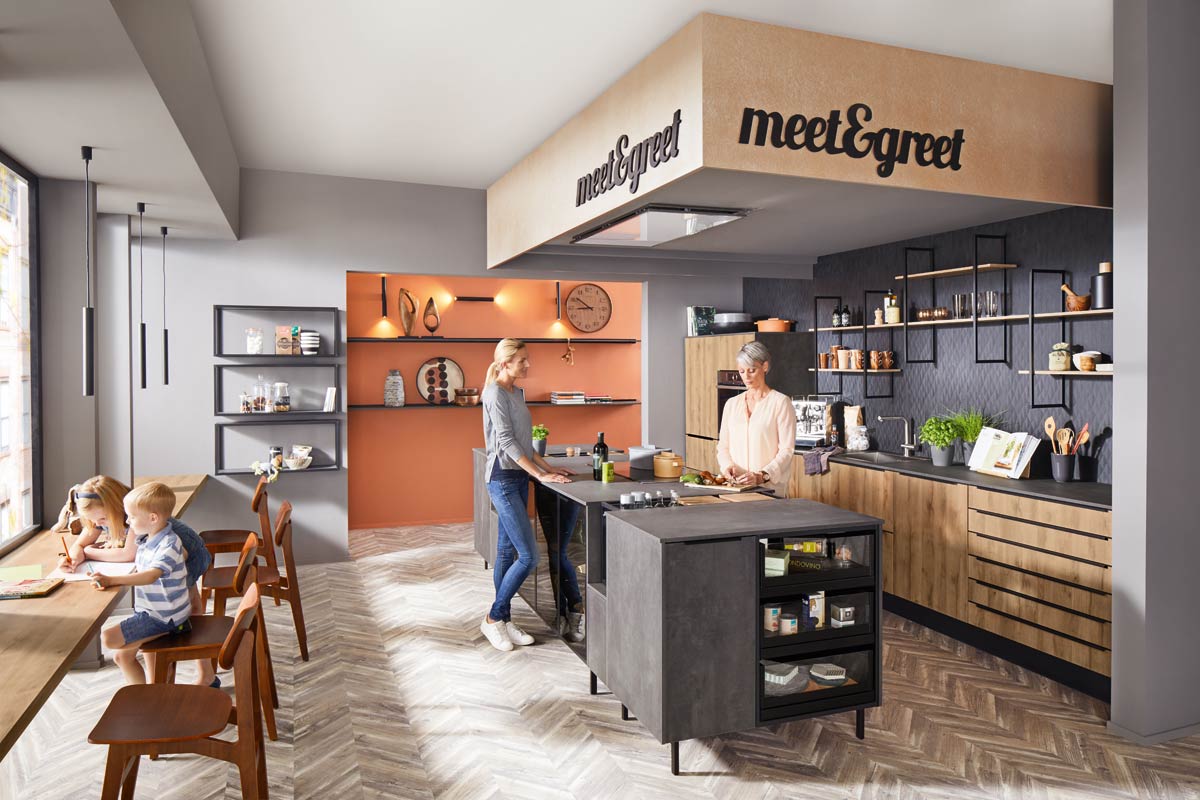













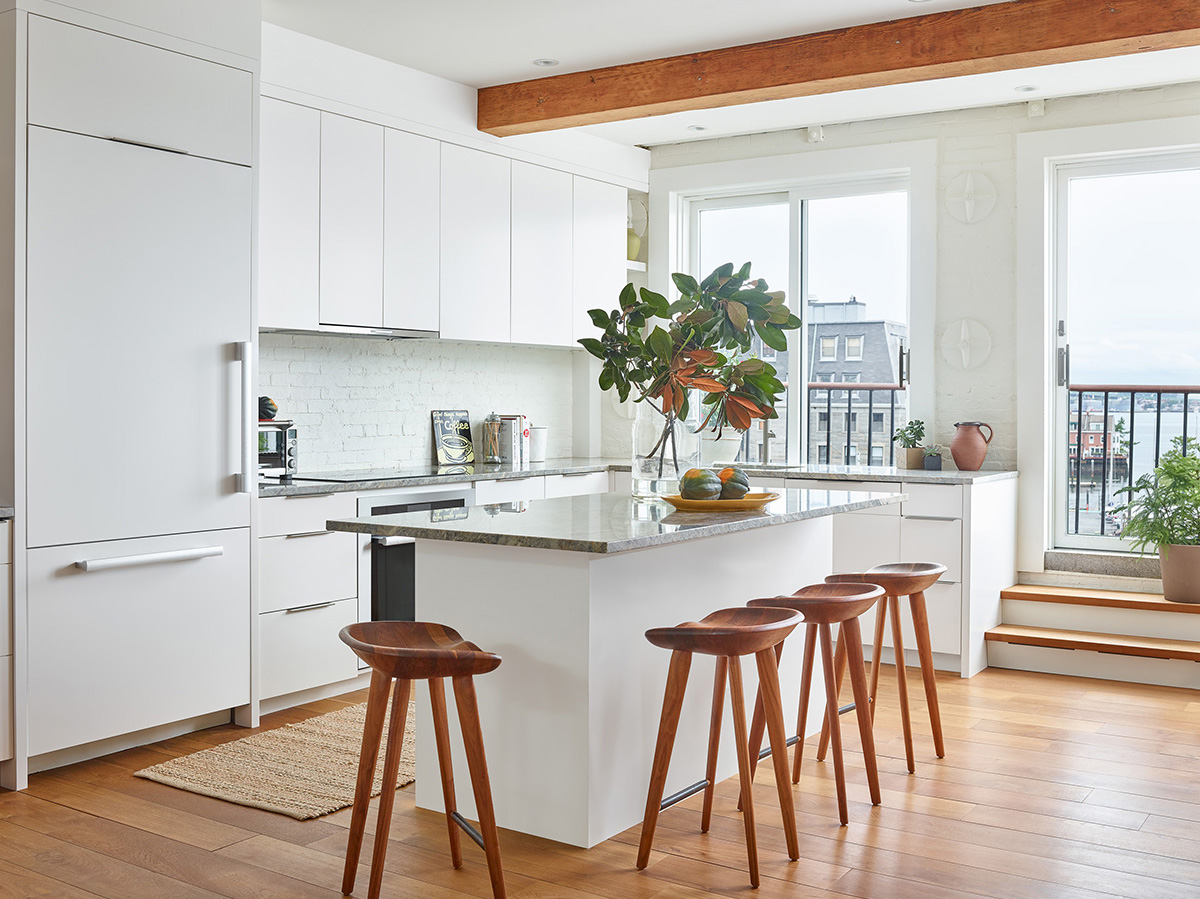































:max_bytes(150000):strip_icc()/GettyImages-1398693405-ab1afd6b3c3b41bc990a812e5381d746.jpg)









:max_bytes(150000):strip_icc()/helfordln-35-58e07f2960b8494cbbe1d63b9e513f59.jpeg)


















